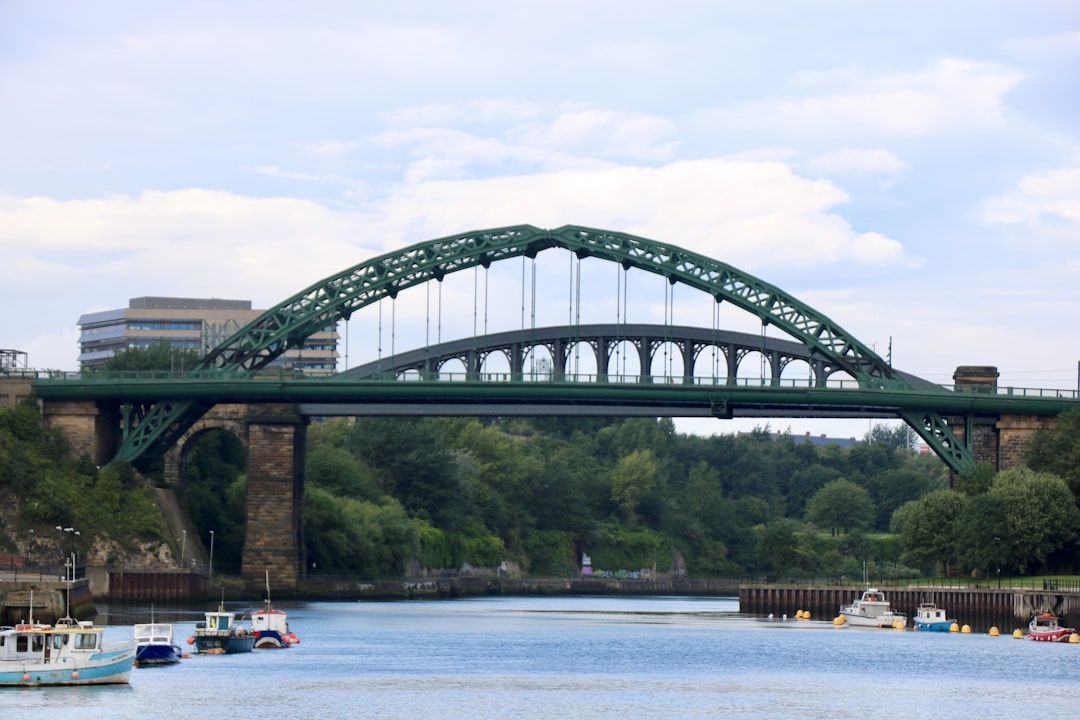Sunderland alcohol impact report:
Over the past few months, my team and I at Night Time Economy Solutions have been working with Sunderland City Council to deliver their Alcohol Impact Report. I'm really proud of the result. I've built an excellent team of specialists, who have excelled themselves in understanding complex structures, crunching detailed datasets and writing a powerful and transformational strategy. This document forms the backbone of Sunderland’s new alcohol strategy and will guide how the city reduces harm, supports communities, and aligns licensing with health and safety priorities.

Why it matters
Essential components
Write your awesome label here.
Final reflections
When cities invest in evidence-based alcohol strategies, the benefits are profound:
- Reduced harm and hospital admissions
- Safer streets and nightlife
- Better community trust in local government
- A healthier economy that supports diverse businesses
The Sunderland Alcohol Impact Report shows what’s possible when cities commit to data, community engagement, and integrated action.
If you’re a local authority or place-based partnership looking to create or update your alcohol strategy, my team and I would be delighted to support you. Together, we can design reports that don’t just sit on a shelf but change how cities live, work, and socialise after dark.
